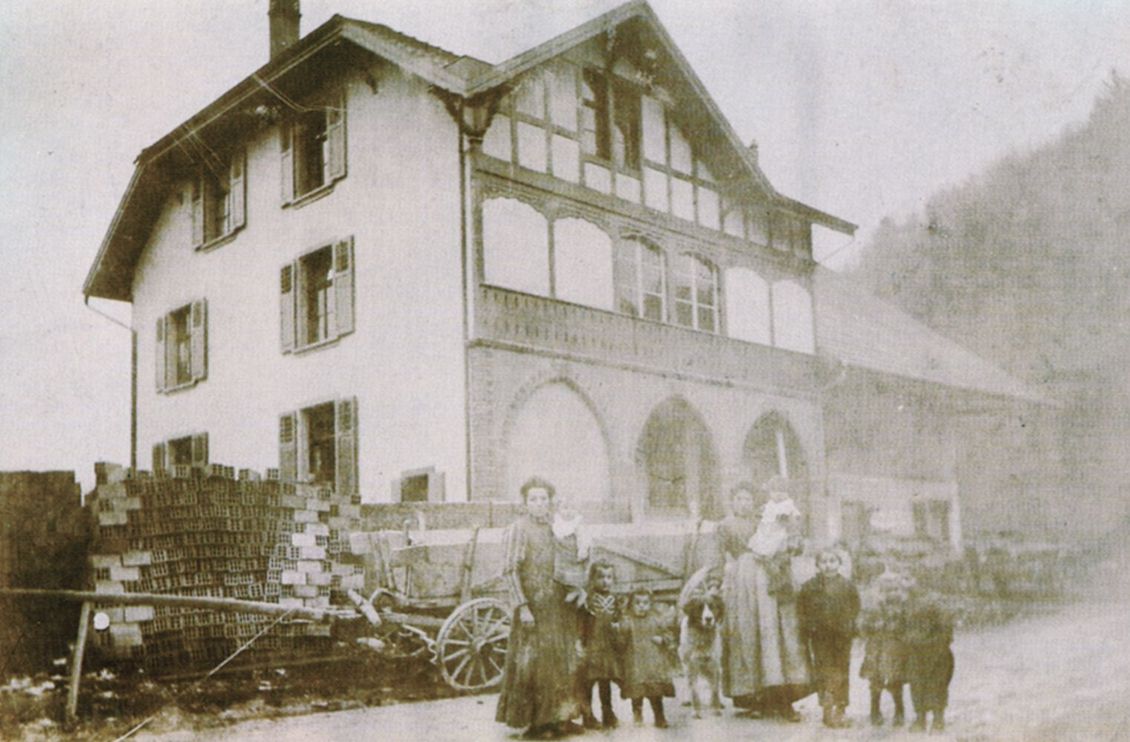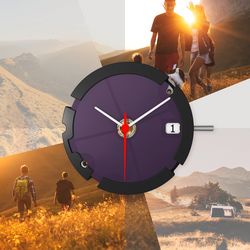Are you already using solar energy to power your watch? Follow the sun!
1909 – 1945: A born pioneer
Early signs...
William Mosset was born in the village of Hölstein on 3 June 1909. He went on to complete his training as a precision mechanic in the same small settlement. Young William spent what little spare time he had tinkering and experimenting in the simple workshop he had established for himself in the cellar of the family home.


